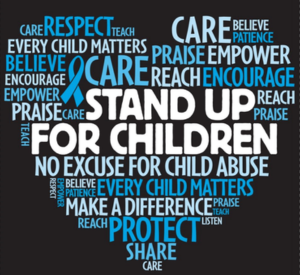April 10th, 2023 National Child Abuse Prevention Month
2 min read

April is National Child Abuse Prevention Month (NCAPM). This month, child wellness and welfare organizations across the United States elevate the importance of creating systems and programs that put children and families first. The Training Academy also recognizes the importance of communities working together to help families thrive and prevent child maltreatment. We have made great progress in preventing child abuse, but there is still work to be done. By increasing awareness about child and family well-being and working together to implement effective strategies, our communities and systems can help support families and prevent child abuse and neglect.
Despite some positive outcomes, thousands of Minnesota children still experience abuse and maltreatment each year. Child abuse thrives in secrecy and isolation. Given that the recent COVID-19 pandemic increased this isolation, research has shown an increase in violence against women and children since 2020. It is vital to the health and safety of our children that we work across disciplines to address these issues to prevent child maltreatment. It is not just child welfare professionals who can play a role in helping keep kids safe - we can work together with folks from advocacy, forensics, mental health, medicine, and beyond to ensure the needs of children are at the forefront.
One key way in which child abuse can be prevented is through enhancing protective factors within families. Protective factors are the strengths and resources families draw on during difficult times to shield them from life’s stresses. Some examples of these factors include knowledge of parenting and child development, parental resilience, social connections, and concrete supports. Research has shown that when families possess protective factors, the risk of child abuse and neglect decreases significantly. By ensuring that communities, families, and parents possess the knowledge, skills, and resources they need to care for their children, we can help promote their social and emotional well-being and prevent child maltreatment.
Additional Resources:
- A Proclamation on National Child Abuse Prevention Month 2023 - The White House
- National Child Abuse Prevention Month - Child Welfare Information Gateway
- Prevention-Focused Systems - Capacity Building Center for States
- Learn how to report child maltreatment in Minnesota - Minnesota Children’s Alliance
- Child Abuse Prevention Month - Alliance for Children
- Training Opportunities - Zero Abuse Project
- Child Abuse and Neglect Prevention Month events - DHS News Release